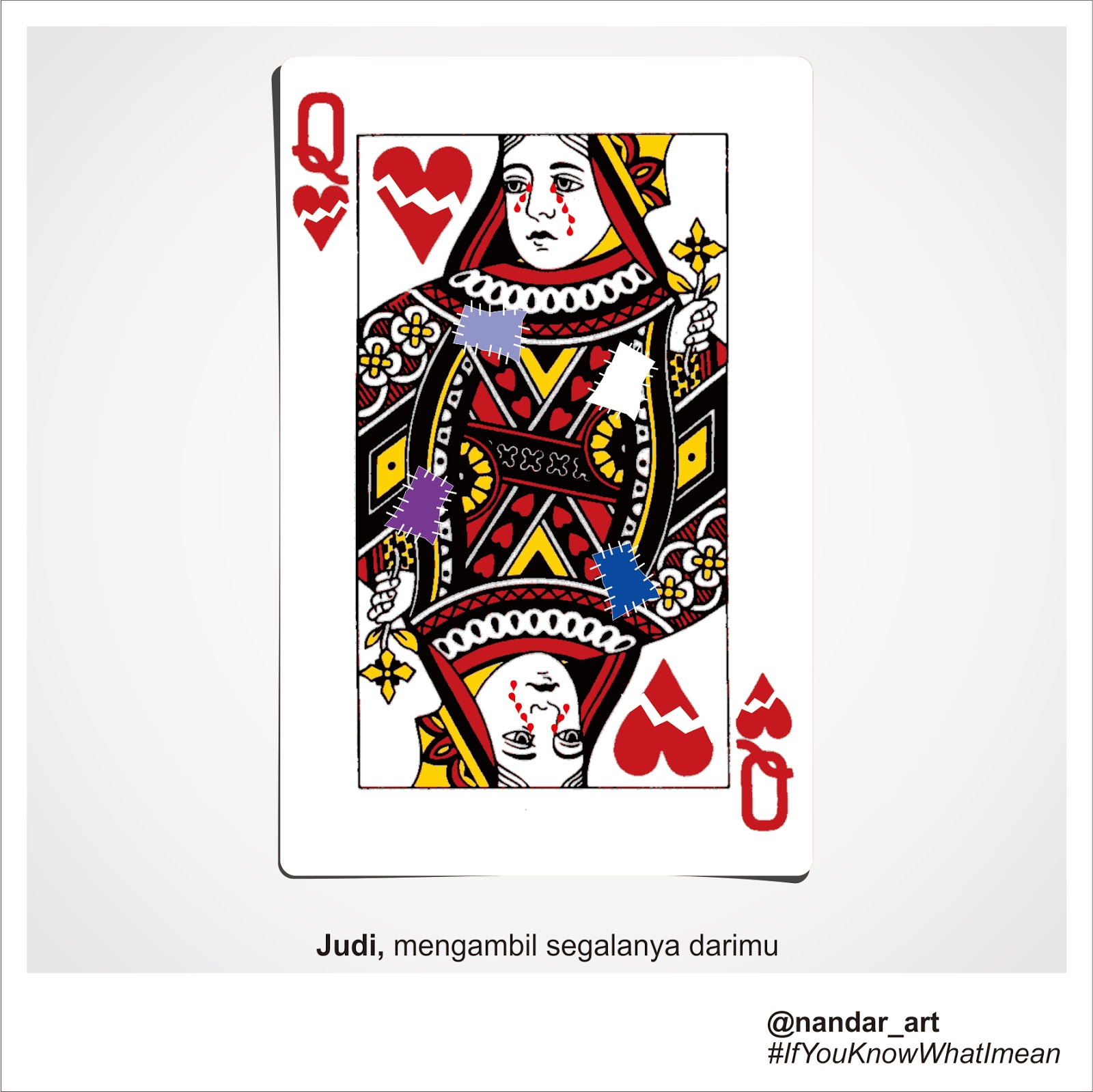Nesianetwork.id - T he watermelon may be a enormous portion of Palestinian culture, including in numerous dishes and crossing into the craftsmanship world where it has ended up a image of resistance. The ruddy, green, white and dark colored natural product held in hand, portrayed in craftsmanship or posted as an emoji has moreover ended up a way for Palestinians and their supporters to dissent against Israel.
We've been seeing the natural product including in social media posts over the web ever since the Gaza intrusion started after Hamas assault on Israel on October 7. As of nowadays, more than 6,546 Palestinians have been murdered, counting 2,704 children, and over 17,000 individuals have been injured so distant in continuous Israeli retaliatory strikes.
The utilize of the watermelon as a Palestinian image isn't modern. It to begin with developed in 1967, when Israel seized control of the West Bank and Gaza and added East Jerusalem. Taking after this, the Israeli government utilized a military arrange to create open shows of the Palestinian hail a criminal offense in Gaza and the West Bank. In arrange to bypass the forbiddance, Palestinians begun utilizing watermelons since, when cut open, the natural product shows the energetic tints of the Palestinian hail - the ruddy watermelon substance, dark seeds, white skin, and green external skin.
Israel lifted the ban on the Palestinian flag in 1993, as part of the Oslo Accords, which entailed mutual recognition by Israel and the Palestinian Liberation Organisation and were the first formal agreements to try to resolve the Israel-Palestine situation. The flag was accepted as representing the Palestinian Authority, which would administer Gaza and the West Bank.
In 2007, just after the Second Intifada, artist Khaled Hourani created The Story of the Watermelon for a book titled Subjective Atlas of Palestine. In 2013, he isolated one print and named it The Colours of the Palestinian Flag, which has since been seen by people across the globe. In 2021, the symbol returned when settlers, supported by an Israeli court ruling, took over the homes of Palestinian families in the Sheikh Jarrah neighbourhood of East Jerusalem.
In January 2023, Israel’s national security minister granted the police the power to confiscate Palestinian flags. There was an attempt to turn this into a law but before that could happen the government collapsed.
In June, Zazim, an Arab-Israeli community organisation, launched a campaign to protest against the ensuing arrests and confiscation of flags. Images of watermelons were plastered on to 16 taxis operating in Tel Aviv, with the accompanying text: “This is not a Palestinian flag.” Amal Saad, a Palestinian from Haifa who worked on the Zazim campaign, told Al Jazeera they had a clear message: “If you want to stop us, we’ll find another way to express ourselves.” Since the invasion began, many authors, activists, journalists, filmmakers, and ordinary users across the world have reported that social posts containing hashtags such as “Free Palestine” or “I Stand With Palestine” are receiving less engagement than their other posts. They believe their messages expressing support for Palestinian civilians killed by Israeli forces are being shadowbanned by social media platforms. A shadowban is when social media platforms actively censore accounts or reduce the reach of certain posts and content. To counter this blockade of information X, Instagram and Facebook users have started using the watermelon emoji in their usernames, stories and posts in place of Palestine.
Sara Jamil, a lecturer at Indus Valley School and graphic designer, experienced something similar. “My Instagram account kept getting shadowbanned, which made me angry and frustrated,” she said. In a bid to do something, Jamil created an artwork around the resistance symbol and posted it on Instagram. Unsurprisingly, it got thousands of views. “People will always find a way to express themselves, sitting so far, they can’t do much. Hence, they connected with the issue through small actions like these,” the designer added. Social media is battleground right now, with many people trying to fight for Palestine online. Spreading awareness and keeping the movement alive the best way they know how, they too have adopted the watermelon as a symbol of hope for Palestine.
This article was published in thejakartapost.com. Click to read: https://www.thejakartapost.com/world/2023/11/06/how-watermelon-became-a-symbol-of-resistance-in-palestine.html.












